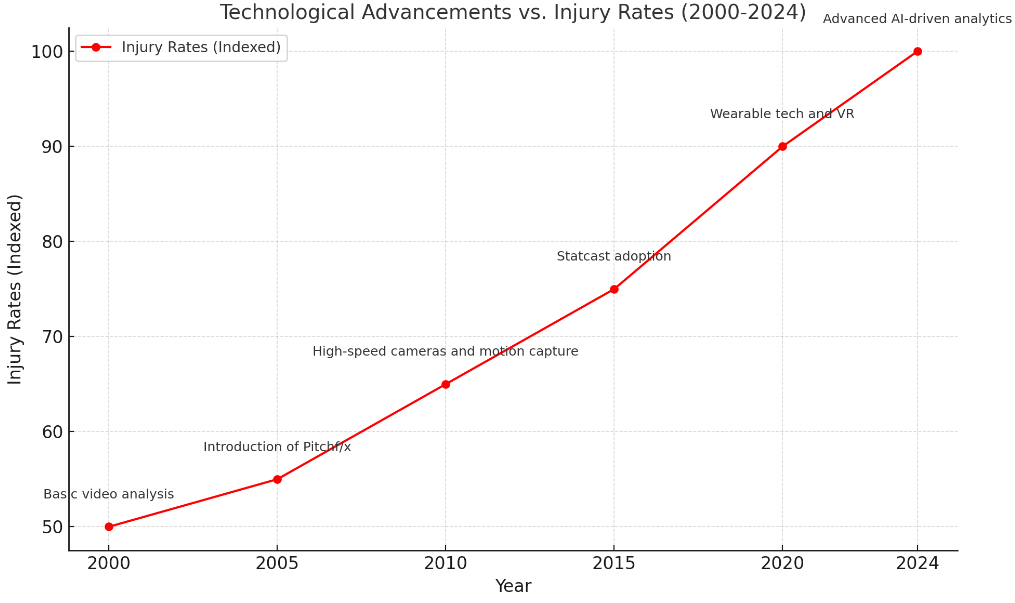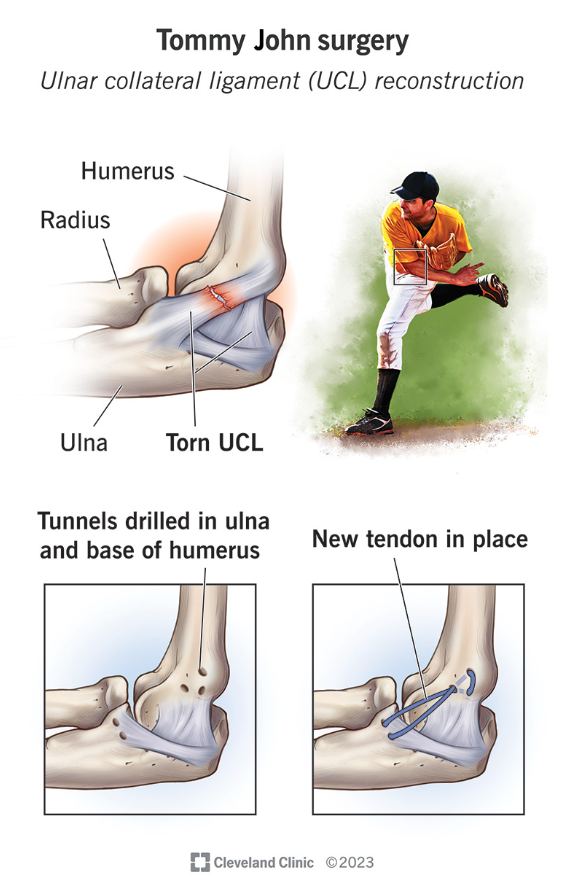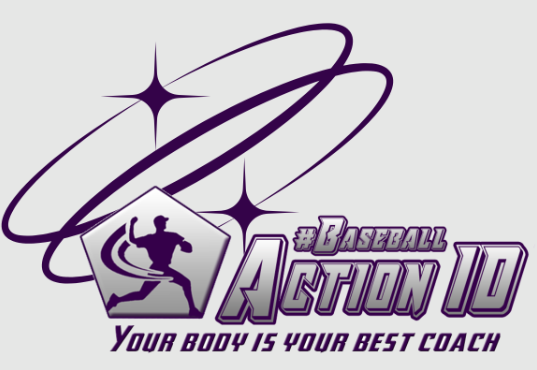Healthy Pitching Starts Here: The Key to Injury-Free Performance
Baseball has made tremendous strides in technology, especially for pitchers. The sport has become increasingly data-driven, from pitch tracking and analysis tools like PitchCom and Pitchf/x to cutting-edge motion capture systems and high-speed video analysis. Virtual Reality (VR) and wearable technology, such as tracking devices, offer even more insights. At the same time, sophisticated data analytics software helps teams break down vast amounts of information on pitcher performance and strategy.
However, despite these advancements, pitchers are experiencing more injuries than ever. With all the best sports science at our disposal, it seems perplexing that injuries are still on the rise. This phenomenon highlights a crucial aspect of pitcher development that technology alone cannot address: individual motor preferences.

Why Are Pitchers Getting Hurt?
The rise in pitching injuries calls into question the effectiveness of current training principles and pitching development strategies. Albert Einstein once said, “The definition of insanity is doing the same thing over and over again, but expecting different results.” This quote rings especially true in pitching. Technology and analytics are essential, but they are not a panacea.
Understanding Individual Motor Preferences
Pitchers are not robots. They have unique motor preferences ingrained in their unconscious systems, which technology can’t fully capture. These preferences influence how they move and perform, making it essential to understand and respect them. Imposing unnatural postures or techniques on pitchers, as suggested by some data-driven approaches, can lead to injuries and decreased performance.
The Role of Individual Motor Preferences in Pitching Health
Each pitcher’s body has motor preferences dictating the most efficient and injury-free movements. Factors such as genetics, life experiences, and individual anatomy all shape these preferences. For instance, some pitchers may rely on a hip or shoulder strategy to generate power, influenced by their spine’s flexibility. Others might have a vertical or horizontal pitching orientation that affects their optimal release point and arm slot.
Recognizing and aligning pitching techniques with these natural tendencies is crucial. By doing so, coaches and trainers can help pitchers achieve their best performance while minimizing the risk of injury.
The Takeaway
While technological advancements in baseball are invaluable, they cannot replace the importance of understanding each pitcher’s unique motor preferences. Embracing these individual differences is key to developing healthy, effective pitching techniques and ensuring long-term success on the mound.

